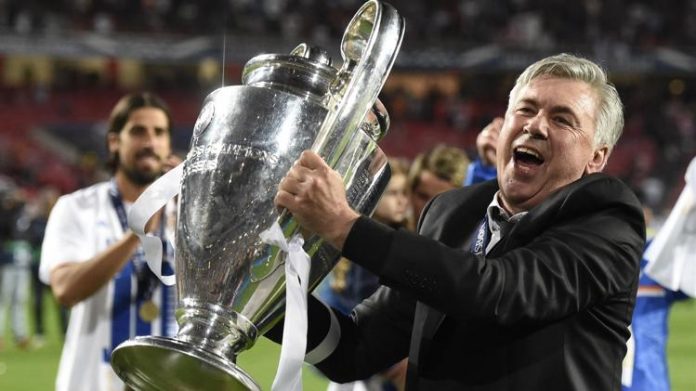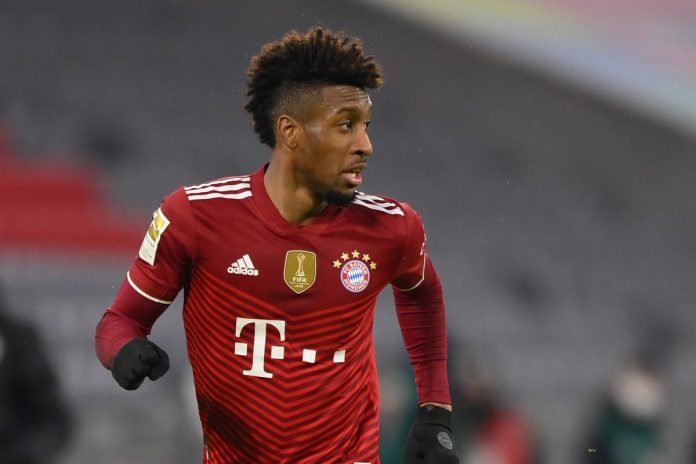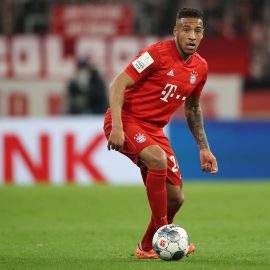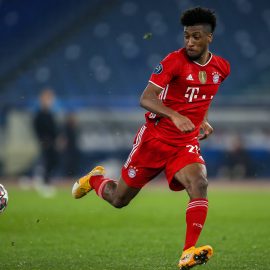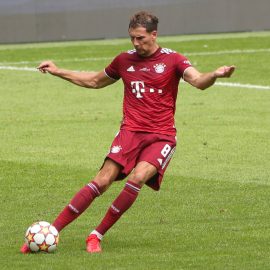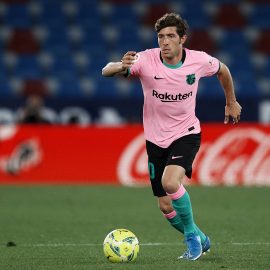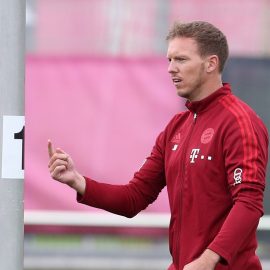With Pep Guardiola set to leave FC Bayern Munchen at the end of the 2015-2016 season, 3-time Champions League winner Carlo Ancelotti has been picked to replace the Catalan man at Saebener Strasse next summer.
We know Ancelotti is a brilliant man manager with the savvy to integrate seamlessly into Bayern’s efficient corporate culture, but how about his tactics? How will he replace Guardiola’s hybrid, shape-shifting tiki-taka style in Bavaria?
Wherever he has gone, Ancelotti has tried to incorporate his predecessor’s squad into a style that is both pragmatic and free-flowing. While he won’t maintain Guardiola’s possession-obsessed style, he will certainly use the current philosophy to shape his transformation of the team. Long story short: don’t expect to see last Fall’s Real Madrid at the Allianz Arena anytime soon. The personnel doesn’t match.
What, then, has followed Ancelotti everywhere he has gone? Among the players that the Italian seems to favor, the current Bayern squad boasts a number of them. Deep-lying playmakers (Xabi Alonso, Javi Martinez), central attacking midfielders who can drift out wide (Mario Gotze, Thiago, Arturo Vidal), attack-minded fullbacks (David Alaba, Philipp Lahm, Juan Bernat, Rafinha), and versatile forwards (Thomas Muller, Arjen Robben, Douglas Costa, Kingsley Coman, etc) are plentiful in Munich.
Fans’ mouths should water at the thought of Ancelotti being bestowed with this embarrassment of footballing riches. We have seen Guardiola’s Bayern sides play some breathtakingly beautiful football over the past three years (2014-2015 UCL quarterfinal vs Porto, 2015-2016 group stage win over Arsenal, and every Bundesliga blowout come to mind), but Ancelotti’s tactics will offer a different type of splendor. Whereas Pep’s sides carved teams open with a thousand knives, slowly and surgically, Ancelotti’s team will move with pace and agility, putting teams to the sword ruthlessly and efficiently.
So, how will Bayern line up under Carlo? Let’s break it down offensively and defensively.
Attacking: 4-1-2-1-2
It’s hard to predict exactly, but going forward, fans can expect to see some variation of the 4-2-2-2/4-2-3-1 considering his past.
The formation will use two narrow, central midfielders, either staggered or lined up next to each other. One will be the deep-lying shield/playmaker (see: Marco Verratti, Andrea Pirlo, Luka Modric from Ancelotti’s past). The easy choice among the current Bayern crop is Xabi Alonso, but Javi Martinez could also see time in that role. The other midfield will be more of a dual-action midfielder in the mold of PSG’s Blaise Matuidi or Madrid’s Toni Kroos, given defensive duties but asked to link up with the forwards; the natural options there are Arturo Vidal and Sebastian Rode, with Thiago and Mario Gotze representing more attacking-minded options.
Ancelotti’s “wide midfielders” will be less like Bale and Ronaldo but roam wider than Gennaro Gattuso and Clarence Seedorf did for Ancelotti back in his AC Milan heyday. Arjen Robben, Franck Ribery, Kingsley Coman and Douglas Costa will likely be deployed there against weaker, narrower teams to wreak havoc down the flanks, but against opponents like Barcelona, Madrid, and PSG, Gotze and Thiago could be used as alternative options. In any case, the wide attacking midfielders will be asked to cut inside when the forwards drift outside while linking up with fullbacks when the rest of the team is central. These players are central to Ancelotti’s tactical setup. Fullbacks David Alaba and Philipp Lahm will be asked to bomb forward when the team sets up in opposing territory, giving Ancelotti’s wide midfielders the option to cut in and join in a move without leaving one or both of the flanks vacant.

Finally, we come to the front two. Robert Lewandowski will lead Ancelotti’s line as the main striker; the only question is whether Thomas Muller will be a second striker, playing next to and linking up directly with Lewandowski, or whether Ancelotti will deploy a more traditional No. 10 (still could be Muller, but less likely) to occupy the space behind the Pole. His formations in Paris and Madrid suggest the former, especially considering that it suits Muller. With the amount of creativity in midfield, it seems Ancelotti will opt to add another finisher instead of clogging the center of the park.
Defensive: 4-4-2
Defensively, the setup is somewhat simpler. Ancelotti is used to having forwards with lower work rates (see: Ronaldo, Bale, Ibrahimovic), so he’s often set up systems that don’t require their participation to create organization and close spaces for the opposition’s attack.
Fortunately for Carlo, Muller, Lewandowski, and many of Bayern’s attackers have been drilled by Guardiola in the art of tracking back. His front line defensively will likely be his two front men (assumed here to be Muller and Lewandowski). Their job will be to press the opposition’s center halves and prevent Bayern from getting penned in too deep.
The midfield will consist of a line of four, with the central midfielders supported by the retreating wide midfielders. The deep-lying midfielder—Alonso, perhaps—will track the opposing No. 10 while his partner—Vidal?—will press the ball if it is moved centrally. The wide midfielders will be asked to support defensively on the flanks, as Ancelotti’s systems have always emphasized overloads defensively. Using the combination of a center back, fullback, and wide midfielder, he will try and create 3-on-2 situations against opposing winger-fullback pairs.

The key to Ancelotti’s defensive tactics is crowding; by having all eight players drop into place and follow the movement of the ball, he hopes to overload whatever part of the pitch the opposition is trying to move the ball through. By pressuring the opposing player on the ball and clogging passing lanes, he hopes to create turnovers that can launch counter-attacks through his wide players and strikers.
Conclusion
Ultimately, Carlo Ancelotti is being asked to tweak Pep Guardiola’s squad, not completely overhaul it. Bayern have run away with the Bundesliga under the Catalan’s guidance, so while Ancelotti may build on his style, I doubt he will replace it completely. It is a game of compromise, and I expect the Italian to find balance sooner rather than later.
Add Sportslens to your Google News Feed!
